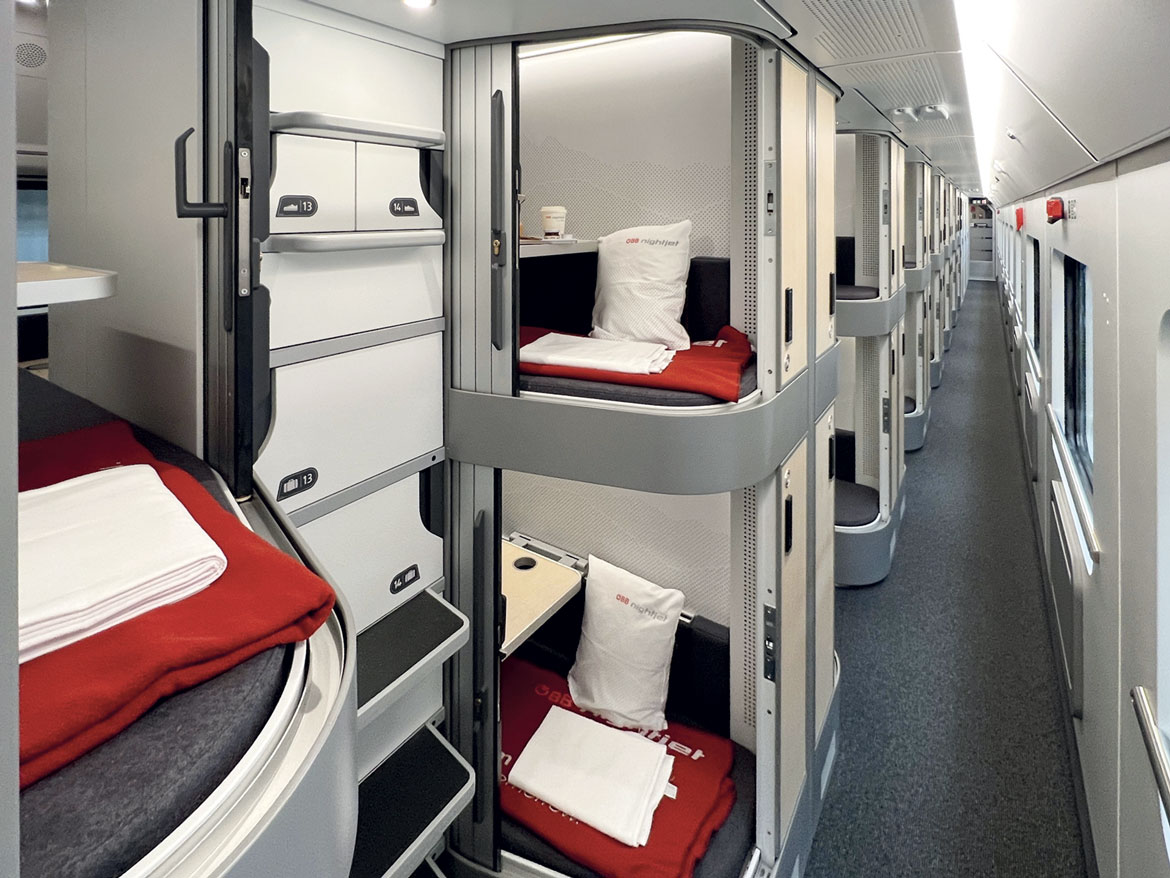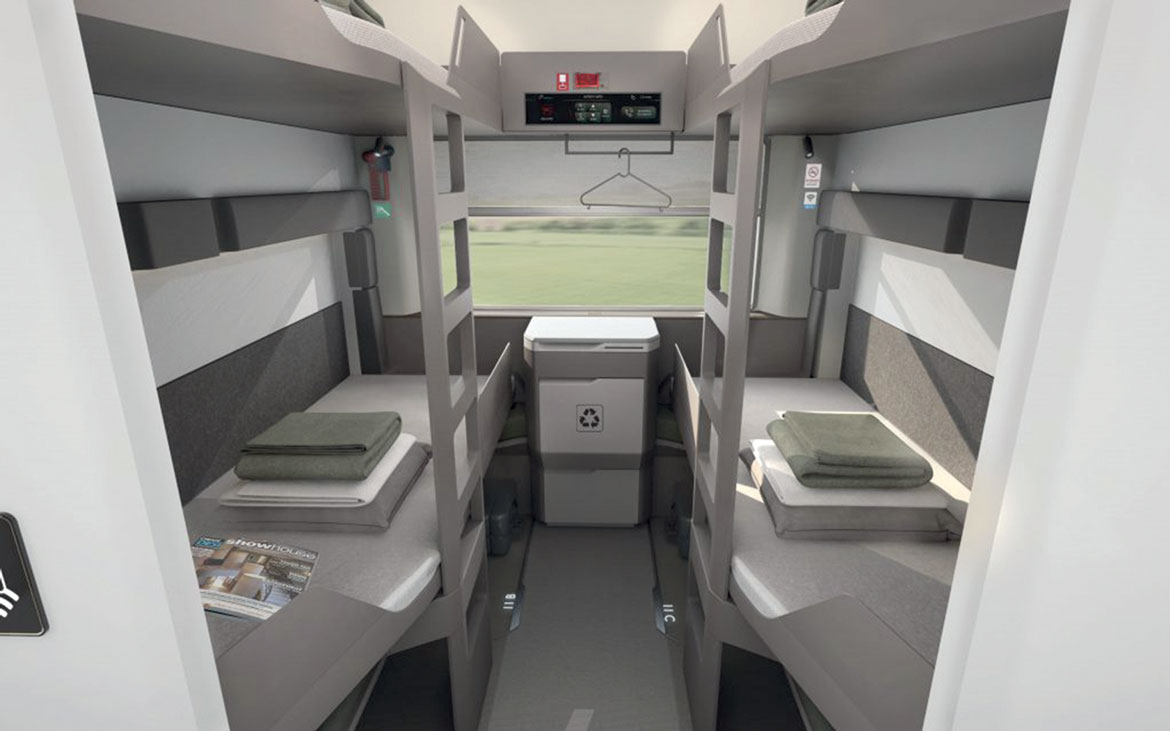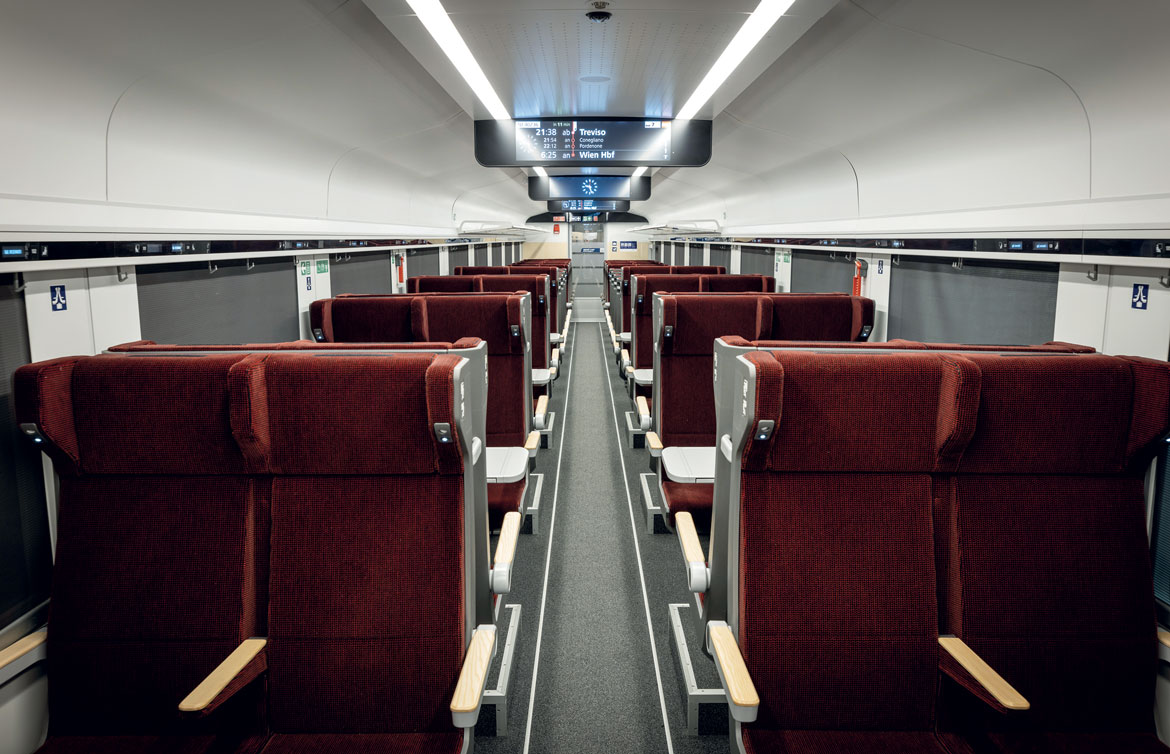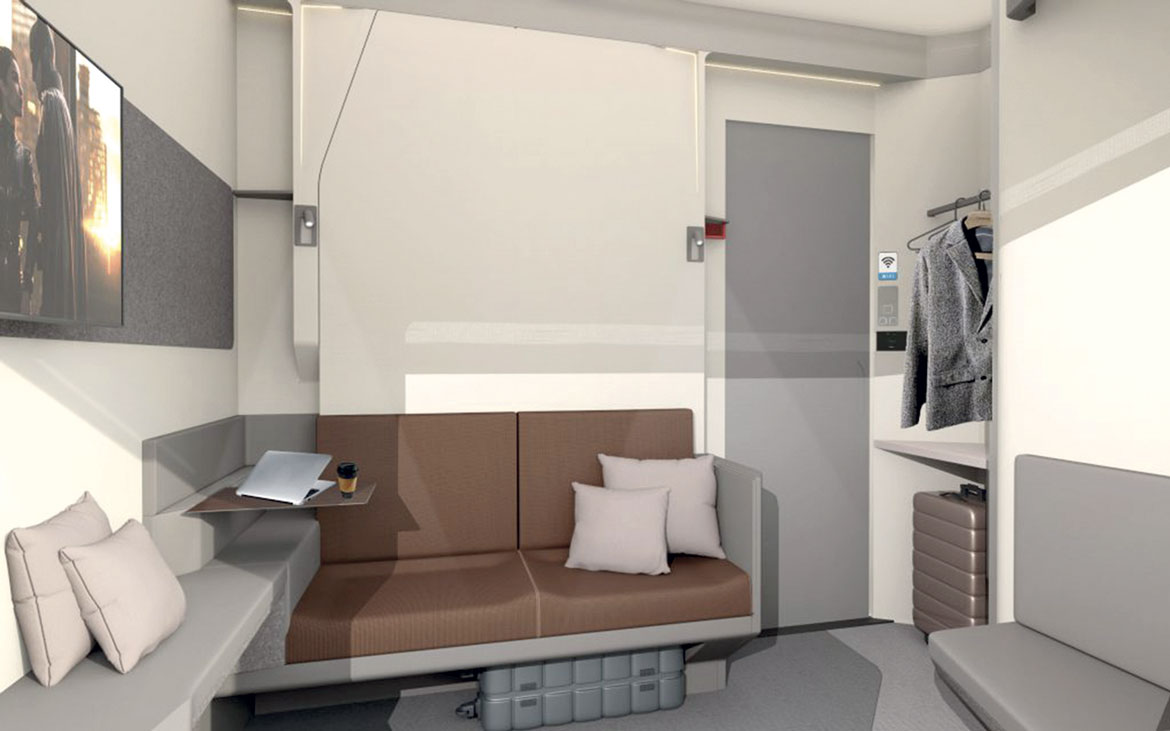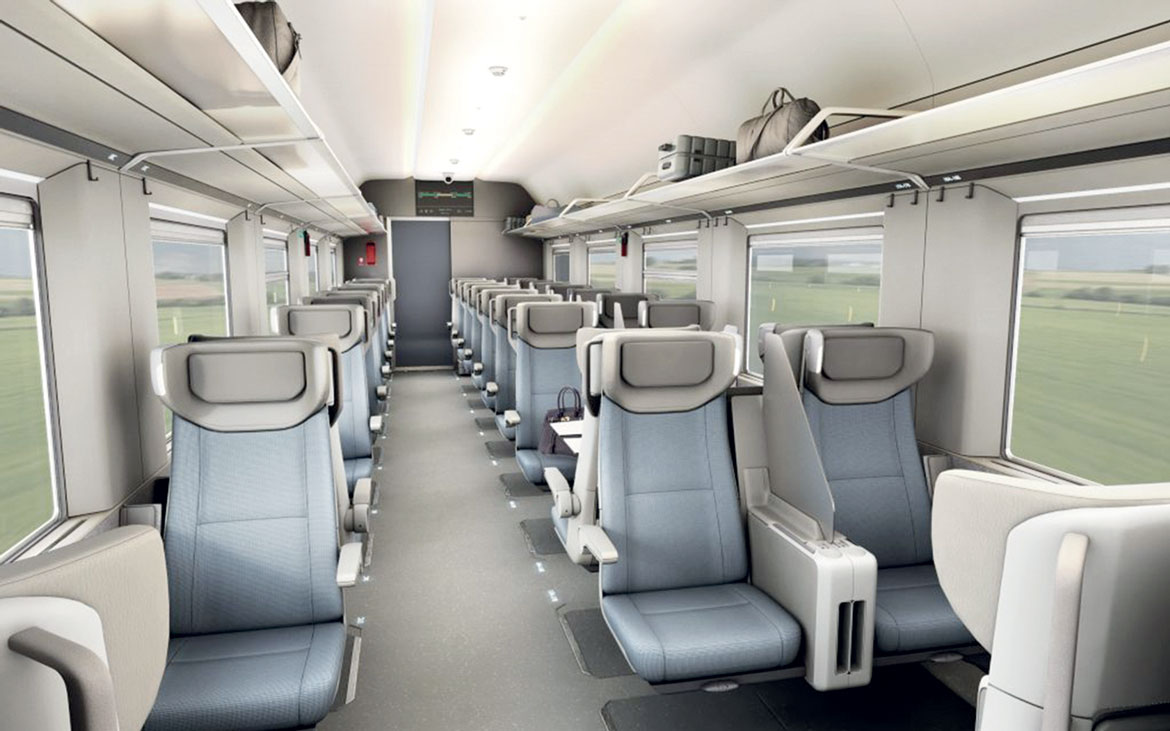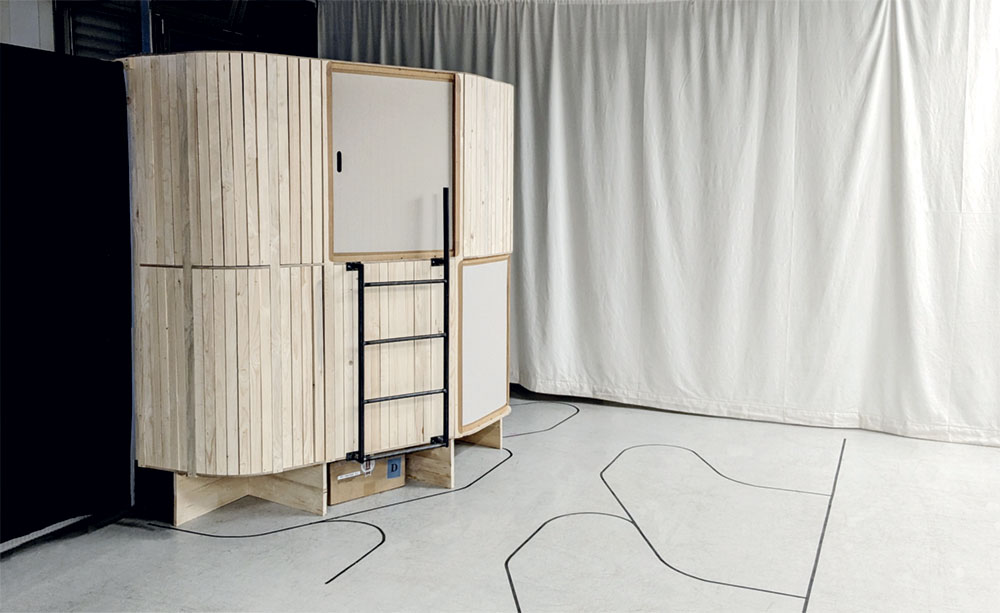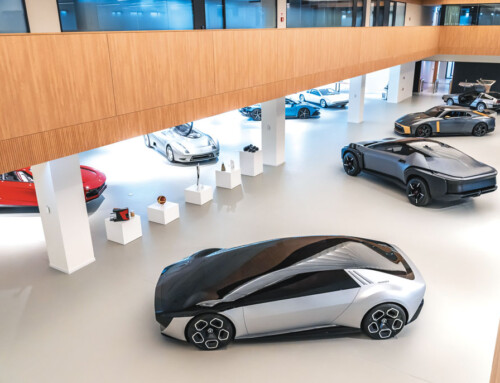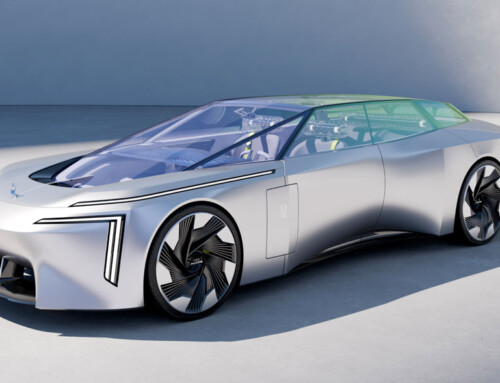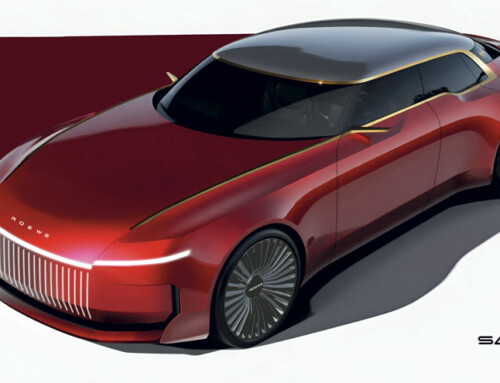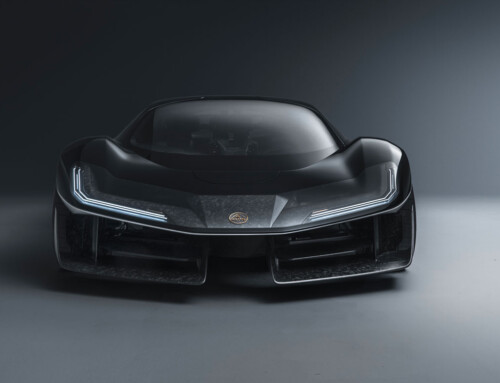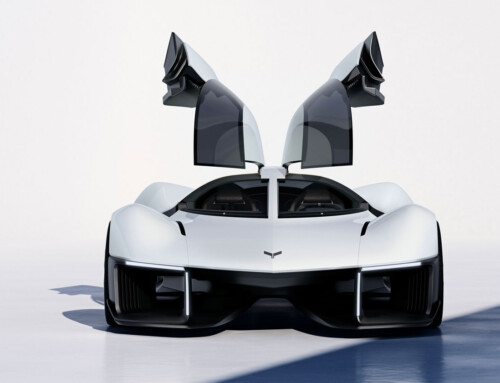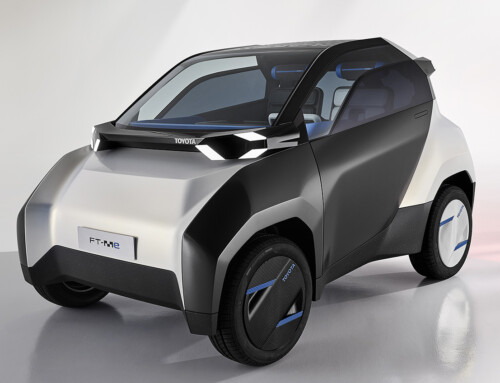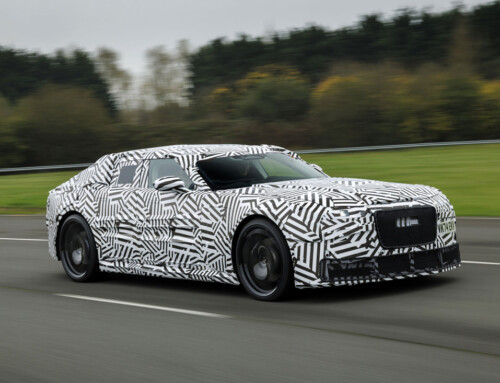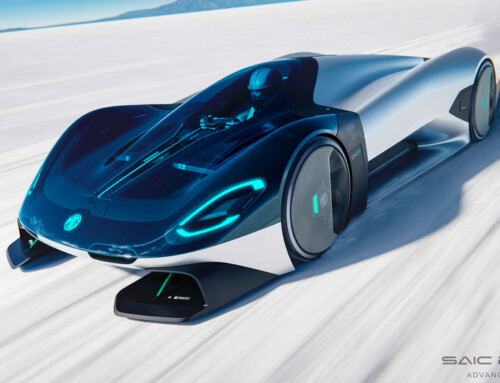Today’s snapshot of European night rail transport reveals a complex landscape where Österreichische Bundesbahnen (ÖBB) emerges as a key player. While other national operators have yielded to low-cost flights, abandoning a sector with significant losses, ÖBB has actually expanded its network of cross-border connections, deciding some time ago to invest €500 million in 33 new generation Nightjet trains, developed with Siemens Mobility. This long-term strategy aims to consolidate the revitalisation of night trains as an alternative to air transport, aligning with the EU’s sustainability objectives.
The European offer
The new trains, which have been entering service since late 2023, serve international routes with a fixed composition of seven carriages capable of 230 km/h, accommodating approximately 250 people distributed among seats, sleeping cars with single or double compartments, private toilets and showers, as well as revamped couchettes, neutral colours, and premium finishes and materials. But the significant innovation consists of individual mini-capsules, a solution that optimises space and operational costs. It recalls the basic Platzkart used by RŽD (Russian railways), a series of bunk beds without compartments, similar to the one of the very first American night trains.
Wrapped in a “cocoons”
However, unlike these, the beds of the new ÖBB carriages are wrapped in “cocoons” (Pods) that address the issue of privacy, whilst introducing potential concerns relating to claustrophobia. The rigidity of the spaces, not allowing reconfigurations for daytime use, limits the possibility of using the trains on multiple shifts, impacting the profitability of the service.
Škoda Sleep in Motion
Another noteworthy proposal, still in the prototype phase although already tested at the Universität für angewandte Kunst in Vienna, was presented by Škoda at InnoTrans 2024: the Sleep in Motion concept, created by Wilhelm Berbig together with some Austrian colleagues, developed from a thesis to a patented night train concept.
The Italian proposal
On the Italian scene, Trenitalia, after drastically reducing night routes, has entrusted the Škoda-Titagarh Firema consortium with an order of approximately €140 million, ordering 70 vehicles for 2026 within a framework agreement of €730 million, corresponding to 370 carriages. Whilst aiming for contemporary hotel comfort, the project will be based on more traditional spatial concepts, mainly intended for the North-South axis of the peninsula.
Design for the sustainable future
The future of the sector will depend greatly on the ability of designers to effectively balance comfort, operability, economic and environmental sustainability, considering that night trains are not yet profitable and require subsidies to compensate for losses. The goal is to further reduce the ecological footprint of night trains, in line with European regulations and the expectations of conscious travellers.
(Full article in A&D no. 272)

